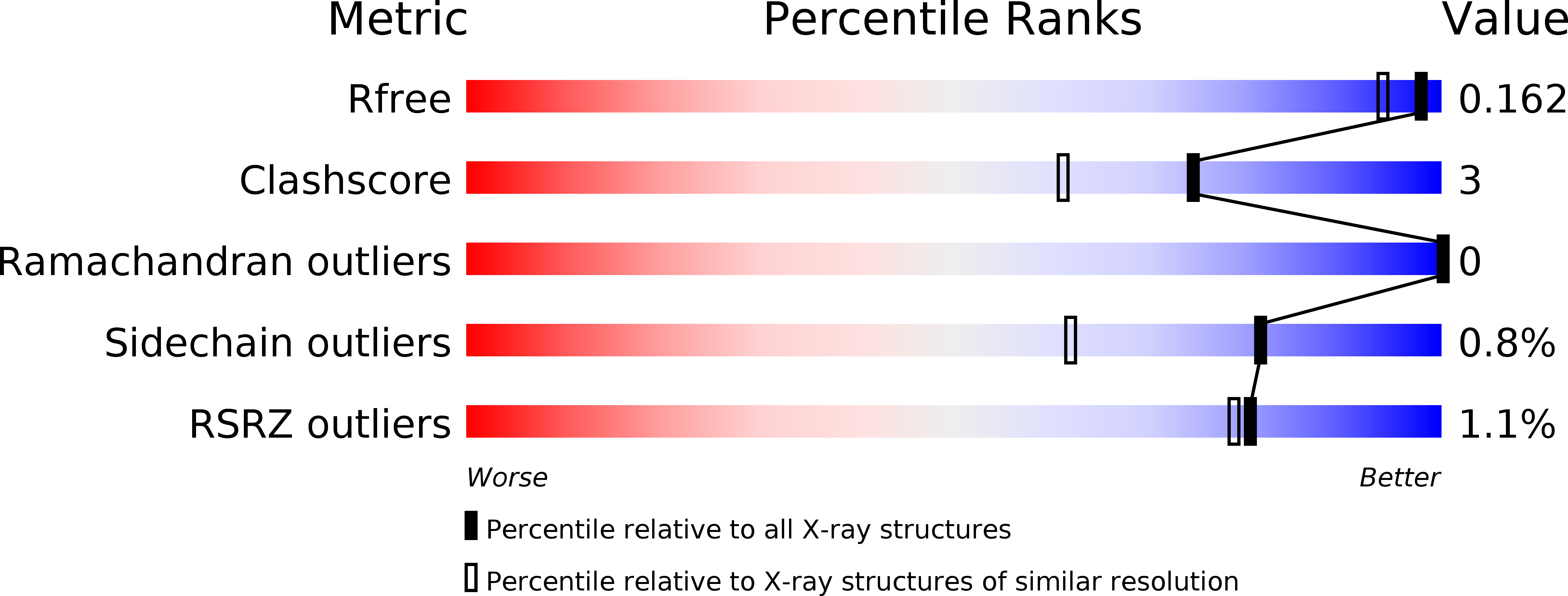
Deposition Date
2001-08-15
Release Date
2001-12-13
Last Version Date
2024-05-08
Entry Detail
PDB ID:
1GKL
Keywords:
Title:
S954A mutant of the feruloyl esterase module from clostridium thermocellum complexed with ferulic acid
Biological Source:
Source Organism:
CLOSTRIDIUM THERMOCELLUM (Taxon ID: 1515)
Host Organism:
Method Details:
Experimental Method:
Resolution:
1.40 Å
R-Value Free:
0.16
R-Value Work:
0.14
R-Value Observed:
0.14
Space Group:
P 21 21 21


